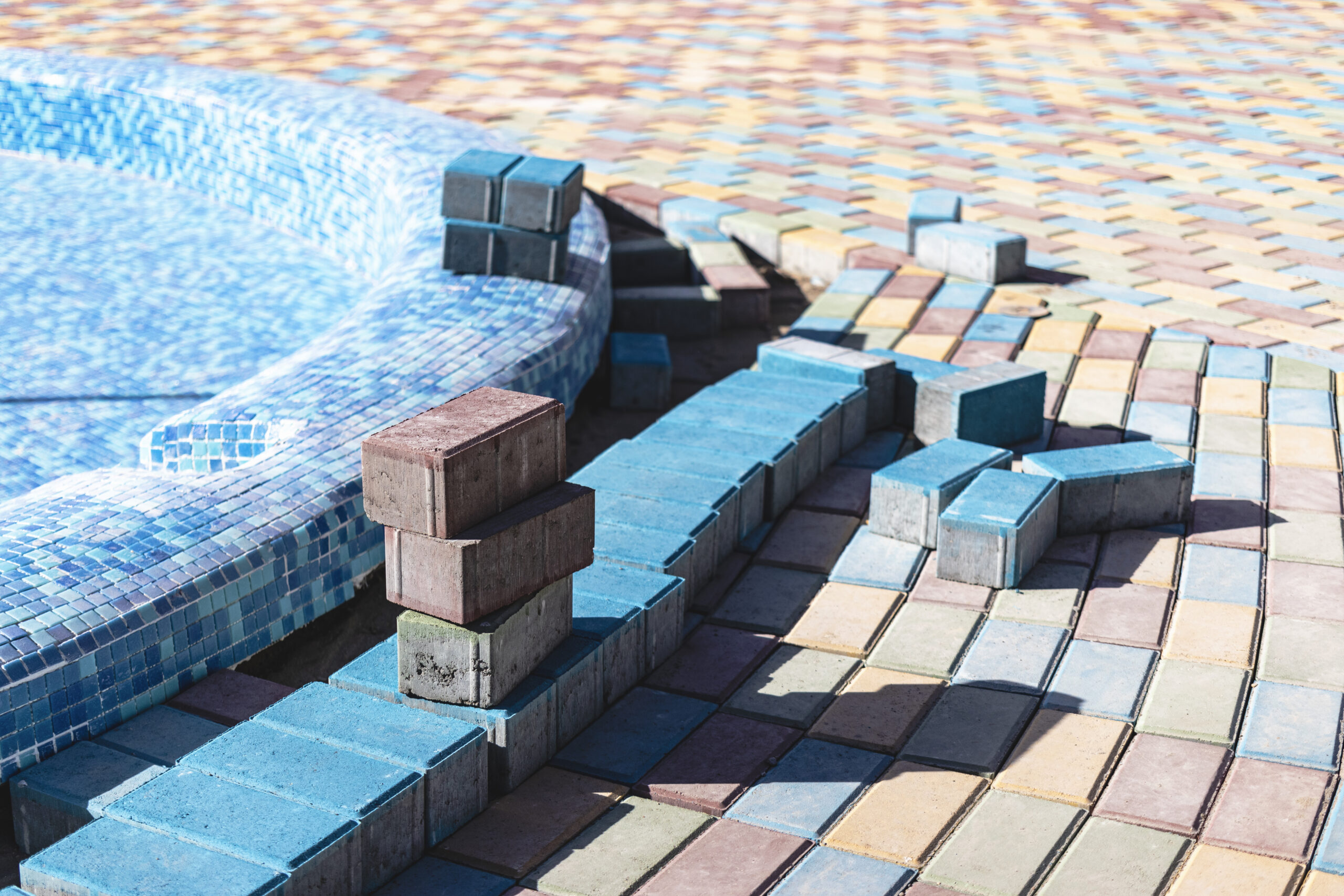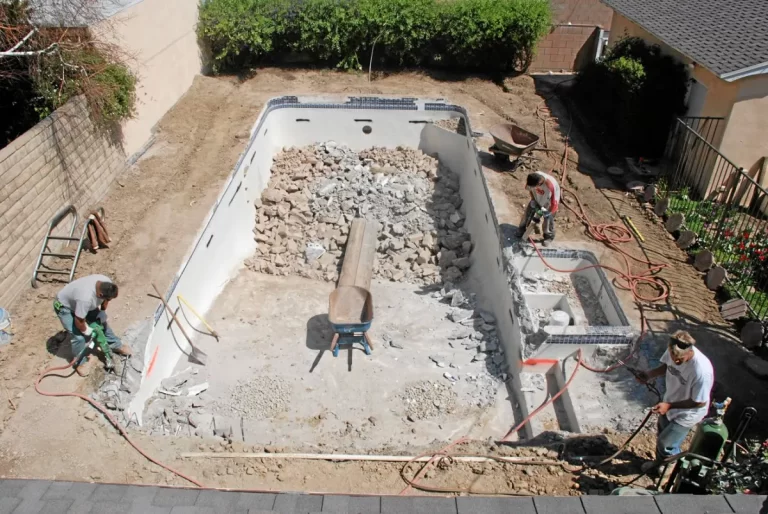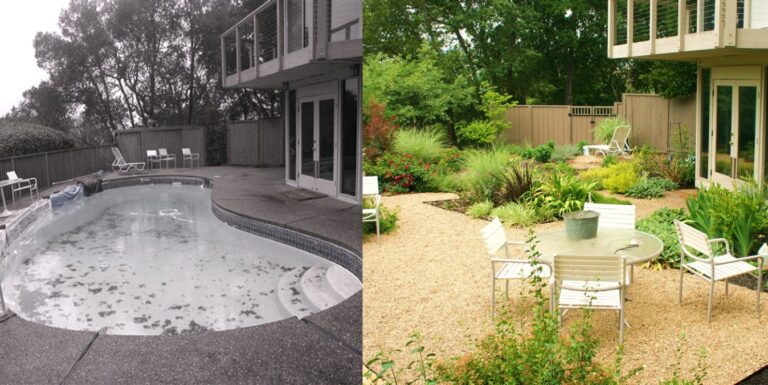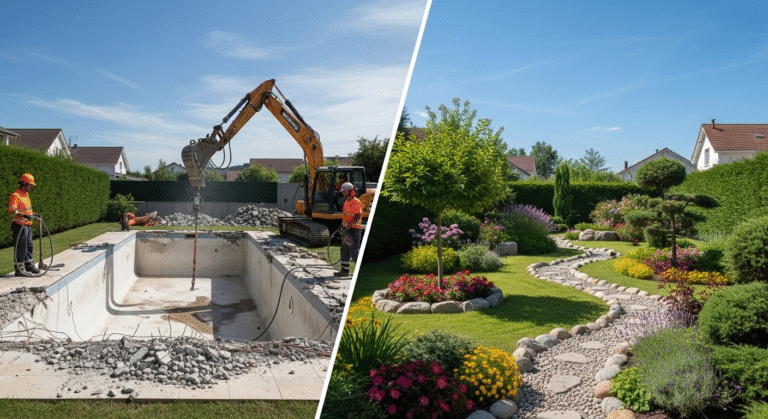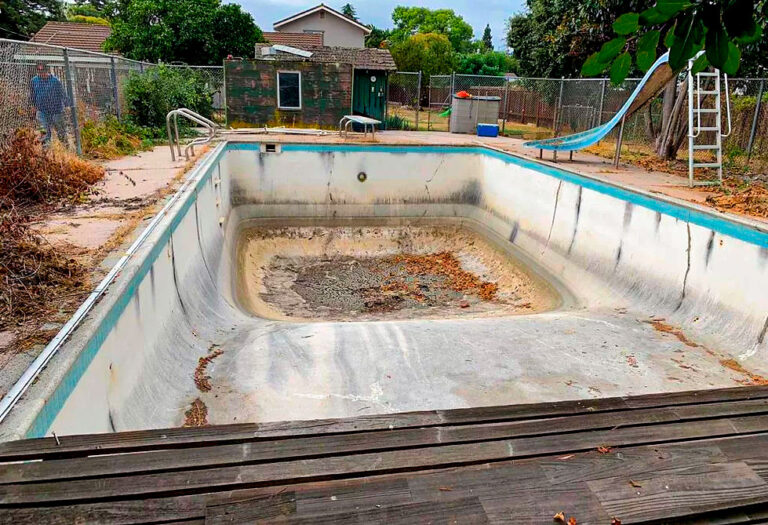The Benefits of Using Pavers Around Your Pool: Enhancing Safety and Aesthetics
When designing or renovating a pool area, homeowners often consider various factors such as aesthetics, safety, and maintenance. One popular option that meets all these criteria is the use of pavers around the pool. These versatile and attractive materials provide both functional and visual benefits that make them an ideal choice for enhancing the poolside experience.
Pavers come in a wide variety of materials, shapes, and colors, allowing homeowners to create customized and visually appealing designs around their pool. This personal touch not only adds value to the property but also creates a unique and inviting atmosphere for relaxation and enjoyment. Additionally, pavers can seamlessly integrate with other outdoor elements, such as patios, walkways, and landscaping, leading to a cohesive and harmonious outdoor living space.
Beyond the aesthetic advantages, pavers also provide practical benefits, such as improved safety and easy maintenance. Their slip-resistant surface and proper drainage help prevent accidents, while their durability and resistance to common pool chemicals make them a long-lasting and cost-effective solution for homeowners. Moreover, their design flexibility allows for efficient repairs and replacements when necessary, without disrupting the overall look of the pool area.
Advantages of Pavers for Pool Areas
Aesthetics and Design Flexibility
One of the main advantages of using pavers around your pool area is their aesthetic appeal and design flexibility. Pavers are available in a wide range of colors, patterns, and textures which can enhance the overall appearance and style of your pool. Moreover, they can be laid in various designs that complement your outdoor space. Natural stone pavers, for example, always offer a beautiful and unique touch to the area.
Durability and Weather Resistance
Pavers are also known for their durability and ability to withstand different weather conditions. Unlike concrete, which may crack over time, paver materials like natural stone and brick have considerable resistance to freeze-thaw cycles and maintain their strength. This makes them a suitable choice for pool areas that are exposed to varying weather conditions.
Safety and Comfort
Another important aspect to consider when choosing pool area materials is safety. Pavers offer excellent slip resistance due to their textured surfaces, making them safer for swimmers and sunbathers. Additionally, some types of pavers, such as sealed pavers, provide even better traction, ensuring a non-slip surface for added safety and comfort.
Installation and Maintenance
Ease of Installation
Installing concrete pavers around your pool is a straightforward process that can be completed by a skilled contractor or as a DIY project. The materials required, such as pavers and sand, are readily available and simple to handle. One of the benefits of using pavers for your pool area is that they can be easily shaped and customized to fit the unique dimensions of your poolside.
The process of paver installation typically consists of the following steps:
- Excavate and level the project area
- Lay a strong, durable base material like gravel
- Apply a layer of sand for leveling and stability
- Place the pavers, adjusting the pattern as needed
- Fill the gaps between pavers with sand for additional support
This simplified process requires minimal effort compared to some other pool-deck options and results in a long-lasting, cost-effective investment for homeowners.
Simple Maintenance and Repairs
Concrete pavers are a sustainable choice for pool areas due to their efficient maintenance and repair processes. Regular cleaning of the pavers can prevent stains, mold, and mildew from taking hold. If necessary, applying a sealant every few years will help preserve the pavers’ appearance and extend their lifespan.
The cleaning process for pavers can involve the following steps:
- Sweep away loose dirt and debris
- Spray with water to remove remaining dirt
- Use a gentle cleaner for stubborn stains or mold
When it comes to repairs, concrete pavers offer an advantage over other materials: their ability to be individually replaced. This makes addressing any cracks or damage more manageable and cost-effective. Rather than replacing an entire section of the pool area, a damaged paver can be removed and a new one installed in its place, restoring the poolside to its original beauty with minimal disruption.
In conclusion, concrete pavers provide a quick and efficient installation process, along with easy maintenance and repair, making them an ideal choice for homeowners looking to enhance their pool areas.

